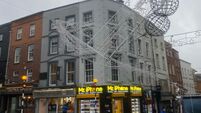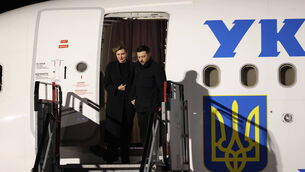Reliving the nightmare
It was the morning of June 23, 1985, and a bomb planted in the luggage compartment of the plane had just exploded at 31,000ft, killing all 329 people on board.
The navy crew stumbled on a scene of hellish proportions, broken bodies floating amid the wreckage of the New Delhi-bound plane. Personnel from the ship spent the next 10 hours fishing bodies out of the sea some 100 miles west-southwest of the Kerry coast before ferrying them back to land in west Cork.













